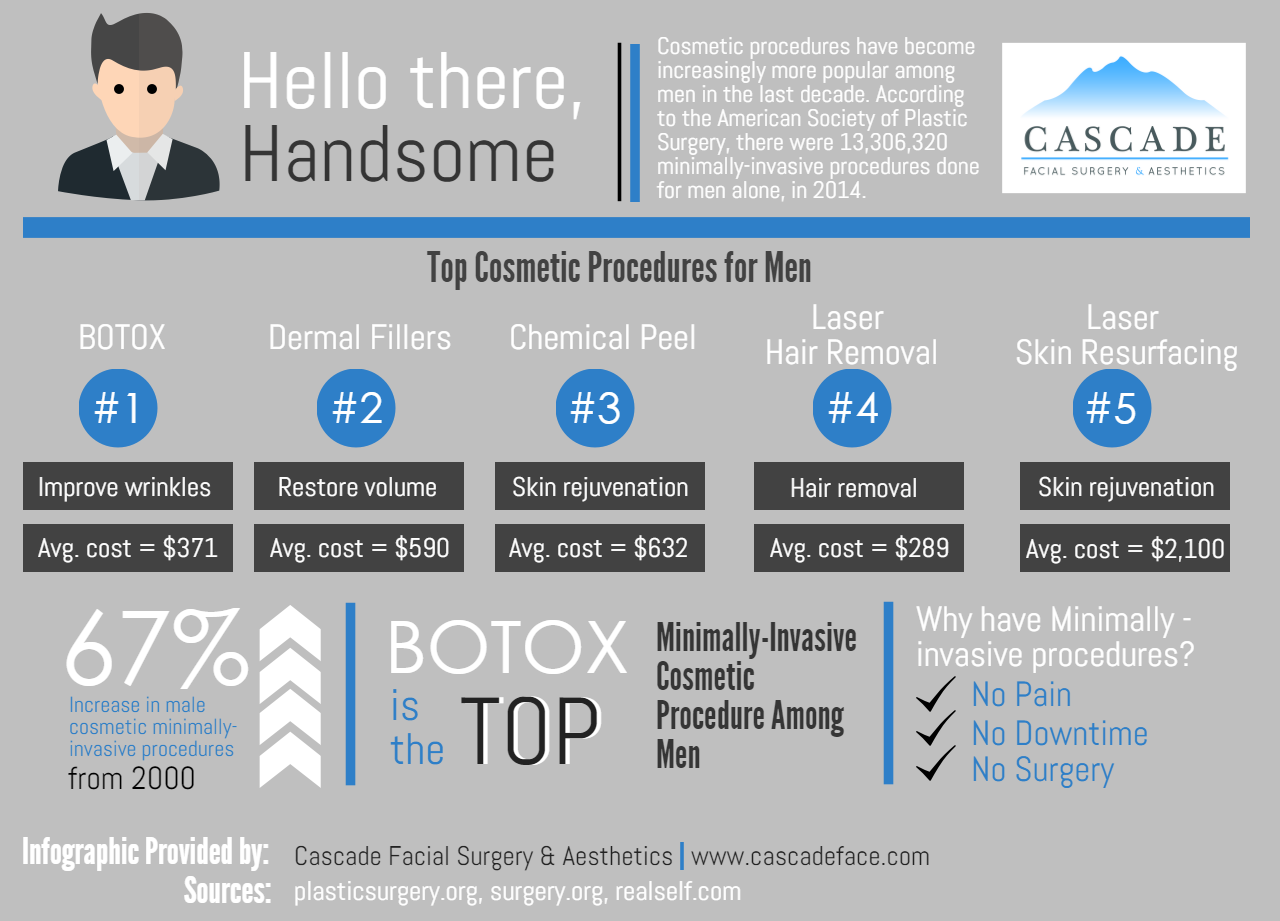Hormone acne is identified by clogged up pores and oily skin that commonly shows up on the chin and jawline. It happens when hormonal changes cause swelling and bacterial overgrowth within hair roots.
Breakouts might look like whiteheads, blackheads, papules or pustules and cysts or blemishes in extra extreme cases. It is much more typical in teens experiencing puberty but can affect adults of any age.
What Triggers Hormone Acne?
While acne can be brought on by a selection of factors, including using hair and skin care items that aren't oil-free or made with components that can obstruct pores, hereditary proneness, diet regimen,2 and stress, the root cause is fluctuating hormones. Hormonal acne occurs when the body experiences hormonal changes and fluctuations that lead to an overproduction of sebum, which causes inflammation, increased growth of bacteria and changes in skin cell activity.
Hormonal acne is often found on the reduced jawline, cheeks and neck yet can show up anywhere on the body. It is identified by imperfections that are cystic, painful and filled with pus or various other material. It is also more likely to take place in females than males, specifically throughout the age of puberty, the menstrual cycle, maternity or menopause.
Age
While several children experience acne at some point during the age of puberty, it can remain to pester adults well into adulthood. Known as hormonal acne, this form of outbreak is linked to variations in hormonal agents and is commonly most usual in ladies.
Hormone acne happens when oil glands produce too much sebum, which blocks pores and traps dead skin cells. This leads to the formation of blemishes, such as whiteheads, blackheads and papules, pustules, cysts or blemishes, deep under the surface.
This kind of blemish often creates discomfort, inflammation and swelling. It may also be intermittent and show up around the very same time monthly, such as right before your period begins. This is because levels of women hormonal agents like progesterone and oestrogen vary with each menstrual cycle.
Menstrual Cycle
Hormone acne normally appears in the reduced part of your read more face, along the jawline and cheeks, as whiteheads, blackheads or inflammatory pimples (pimples and cysts). It's more than likely to show up around the moment when your menstruation modifications.
Especially around ovulation, when estrogen and progesterone levels get on the increase, hormone fluctuations can create outbreaks. However it's also feasible to get acne at any point throughout your 28-day menstrual cycle.
If you notice that your hormone acne flares up right prior to your duration, try noticing when specifically this occurs and see if it associates with the phases of your 28-day menstruation. This will help you pinpoint the origin of your skin difficulties. For example, you might wish to work on stabilizing your blood glucose and cutting out high-sugar foods, or take into consideration a prescription drug like spironolactone that can control your hormones.
Maternity
Growing a child is a time of remarkable hormone adjustments. For numerous women, this consists of a flare-up of hormonal acne. This sort of outbreak usually starts in the very first trimester, around week six. It's brought on by hormone rises that promote sweat glands to make more oil, which can clog pores and trigger more germs to build up.
Breakouts may also happen as a result of pre-existing conditions like polycystic ovary disorder, which can likewise be a concern during pregnancy and menopause. Additionally, some kinds of contraceptive pill (such as Ortho Tri-Cyclen and YAZ) can activate hormonal acne in some ladies.
Fortunately, the majority of acne therapies are "no-go" for pregnant ladies (including prominent acne-fighting ingredients such as isotretinoin and spironolactone). However if you can't prevent those annoying bumps, your medical professional may prescribe dental erythromycin or cephalexin, which are safe during pregnancy.
Menopause
As females approach menopause, the estrogen degrees that caused their hormone acne to flare during the age of puberty begin to support and lower. At the same time, however, a spike in androgens (additionally known as male hormonal agents) occurs since these hormonal agents can't be exchanged estrogen as effectively as previously.
The unwanted of androgens can set off oil manufacturing by the sweat glands, which clogs pores. When the stopped up pores become irritated and aggravated, a pimple kinds.
Hormone acne is usually seen on the face, specifically around the chin and jawline, but it can happen on the neck, back, shoulders, or upper body. This type of acne has a tendency to flare in a cyclical pattern, comparable to the menstruation. Stress, which boosts cortisol and tosses hormonal agents out of balance, additionally contributes to the outbreaks.
